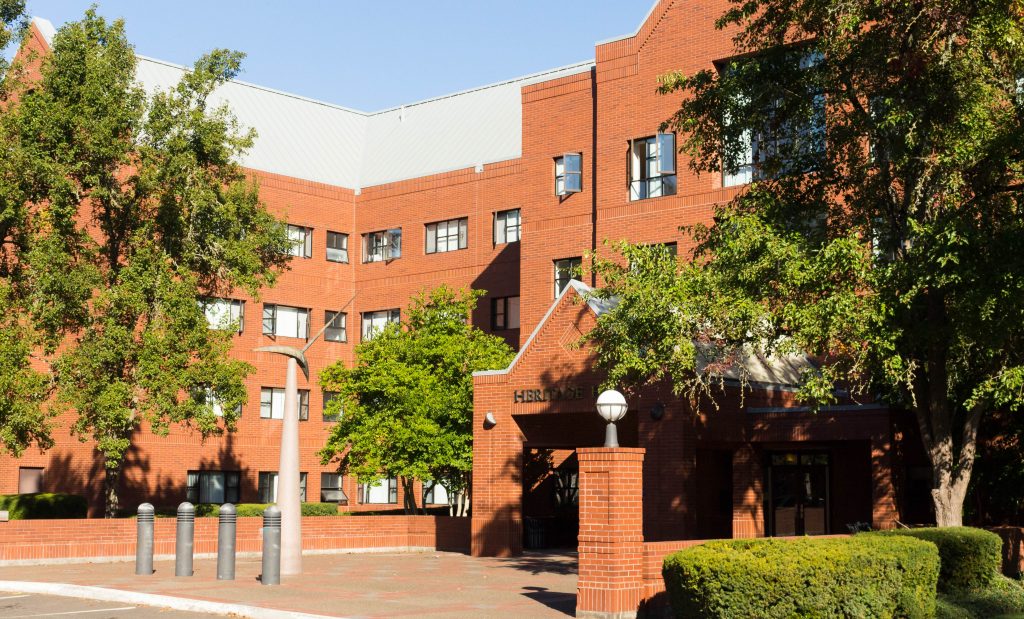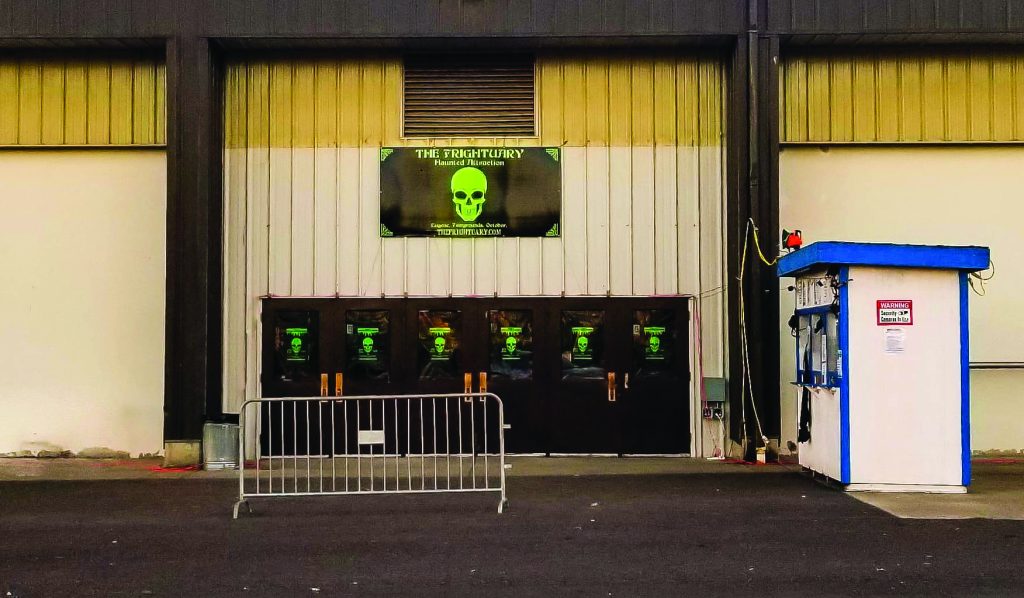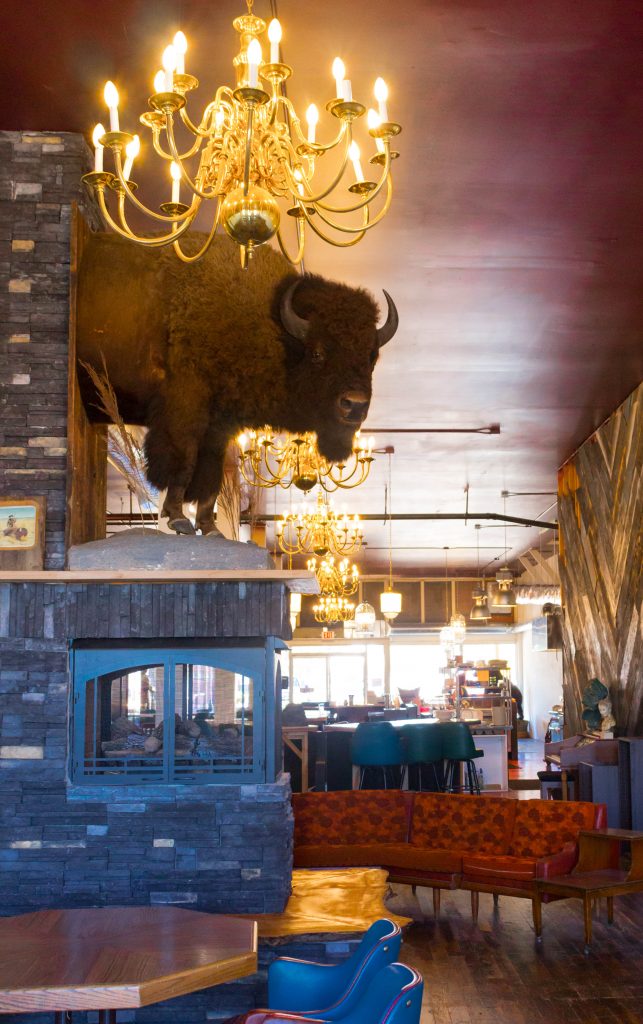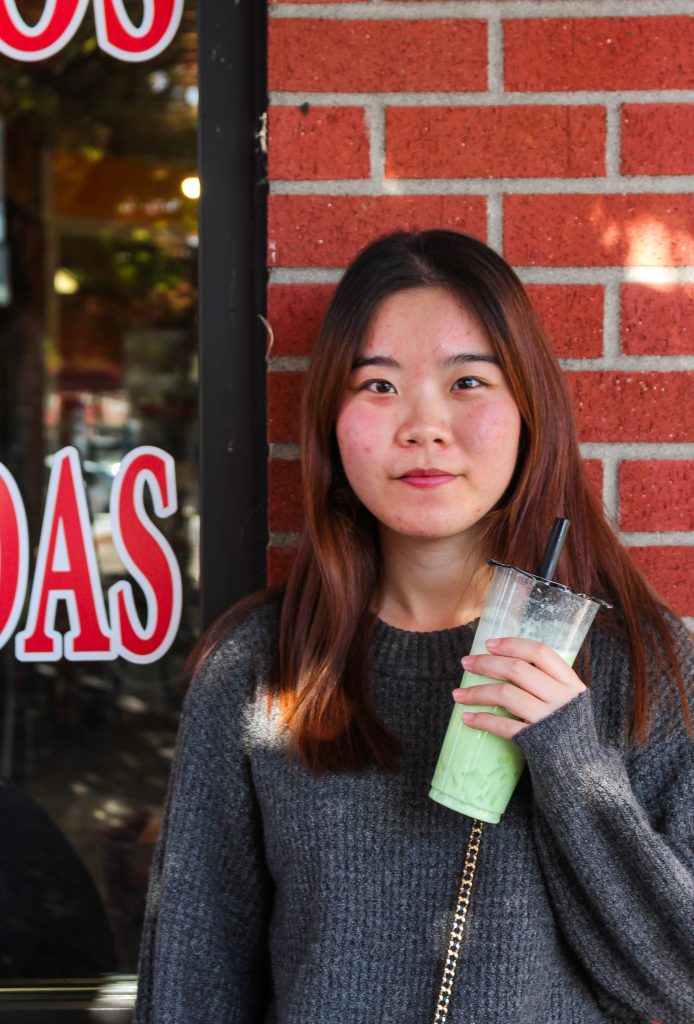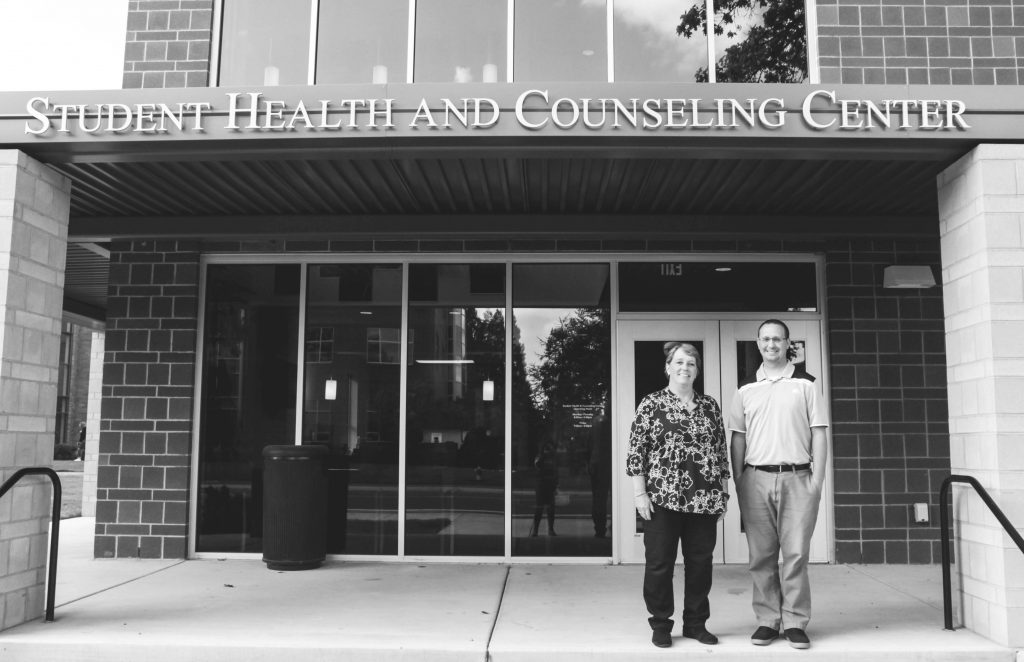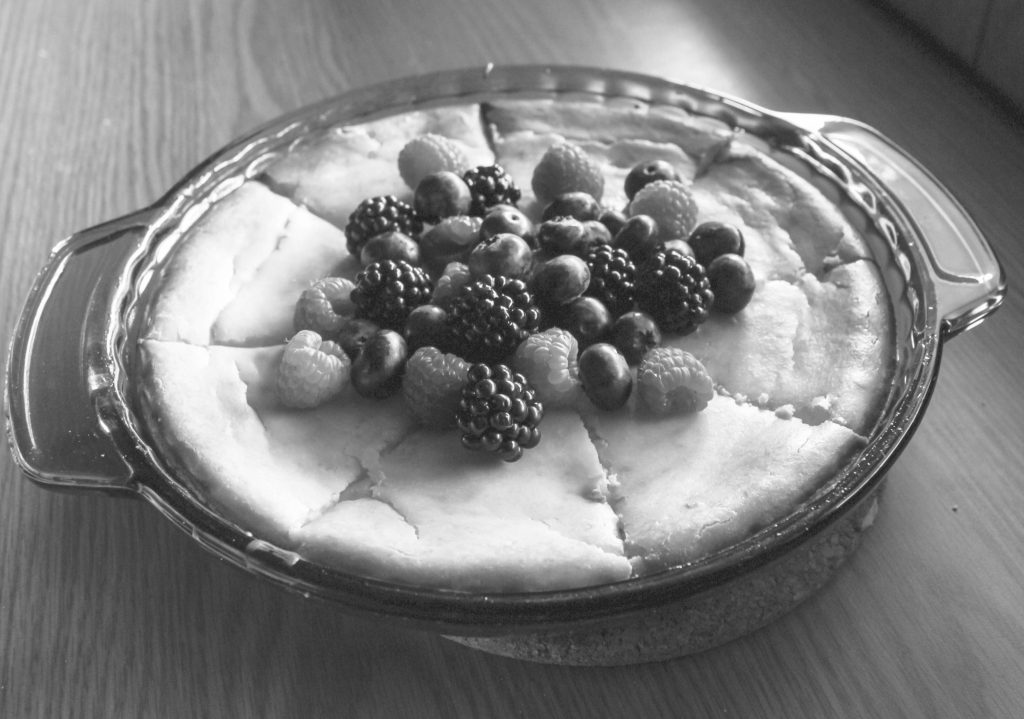Rebecca Meyers | lifestyle editor
Midterms are notorious for bringing in a lot of stress. Some students find this time of the term especially difficult as it is challenging to balance school work and basic survival needs. However, it’s important to remember not only the importance of self-care for students under lots of stress, but it will likely help your grades in the long run.
It may seem obvious, but it’s important to remember the basics. Physical health has an effect on energy and focus, and will therefore help in class. This means it’s important for each student to know their own limits and habits and plan accordingly, like making sure there’s enough time to get a decent amount of sleep or plan a meal instead of ordering takeout every day for the week.
It may seem difficult to schedule time in for things like these, especially for those unlucky students who have their midterms lumped together rather than spread out over two weeks. It’s easy to get overwhelmed with the amount of work there is to do, which can feel paralyzing when it’s hard to tell where to start. When this happens, it’s helpful to take a step back and organize priorities. Questions to ask, for example, are: what work has to be done first? Which will take the most time? Can any studying be done in a group so that any questions will be answered quicker?
Another important reminder to students is that asking for help can be productive, whether this means using a professor’s office hours or asking friends to be mindful of one’s time and space during midterms. Many professors will offer study guides, and if assignments pile up onto a small space of time, it never hurts to see if they’ll be understanding and be more lenient with deadlines. Also, while having a social life is important to most students, sometimes it’s also important to set aside time with no social or academic obligations for both mental and physical rest.
Póngase en contacto con el autor en howllifestyle@mail.wou.edu


